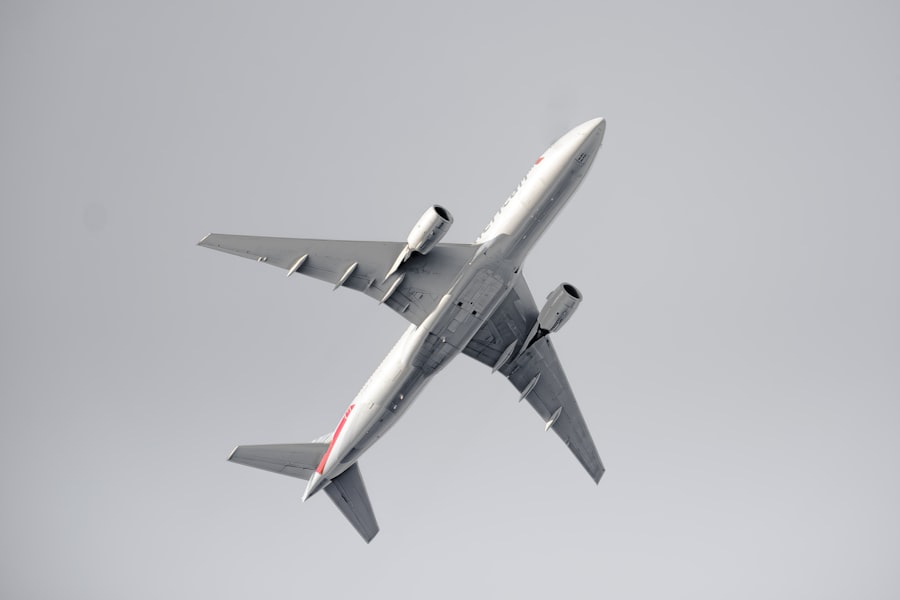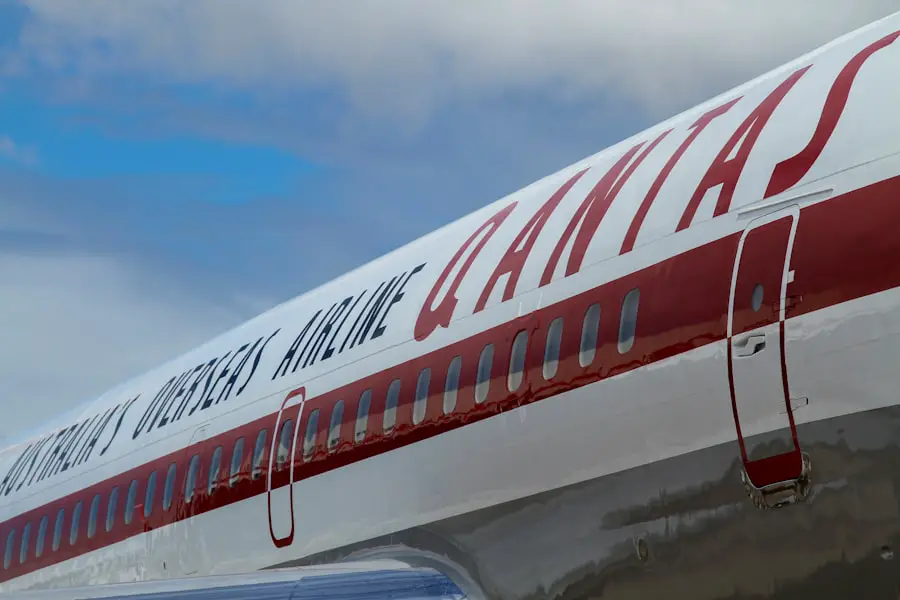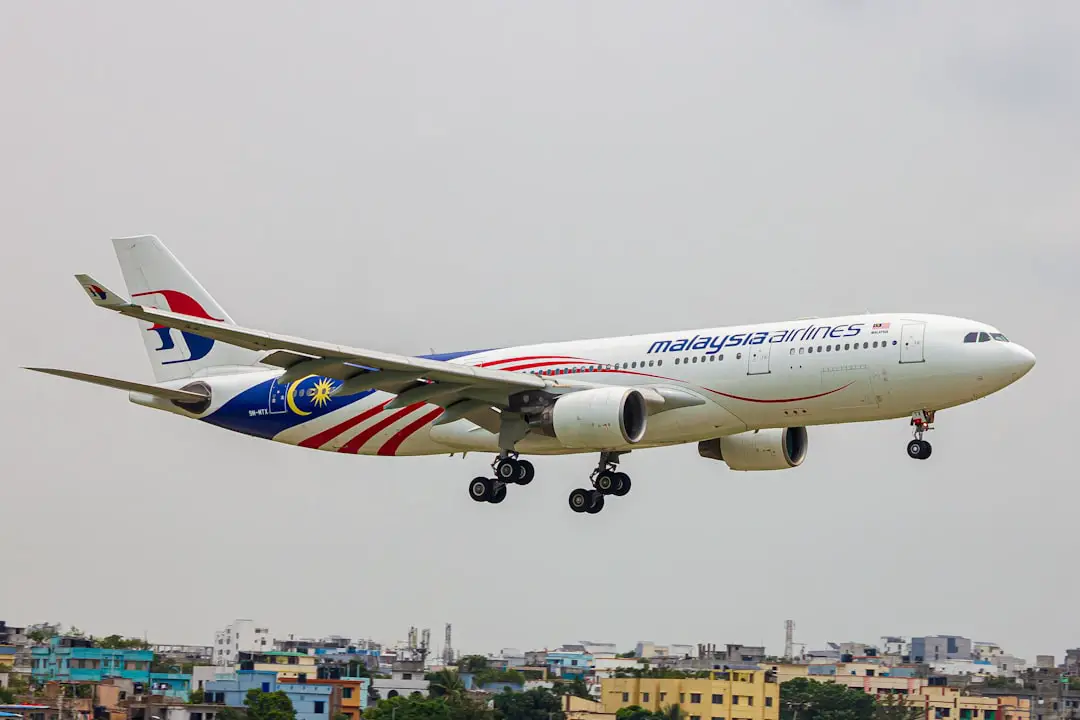Asiana Airlines, the second-largest airline in South Korea, has a mixed safety record that reflects both its commitment to safety and the challenges it has faced over the years. Founded in 1988, the airline has built a reputation for quality service and operational efficiency. However, its safety history includes several notable incidents that have raised concerns among aviation experts and passengers alike.
The most significant of these was the crash of Asiana Flight 214 in July 2013, which occurred during its landing approach at San Francisco International Airport. This tragic event resulted in three fatalities and numerous injuries, prompting a thorough investigation into the airline’s operational protocols and pilot training. Despite this incident, Asiana Airlines has made significant strides in improving its safety record.
The airline has not experienced a fatal accident since 2013, and it has implemented various measures to enhance its operational safety. The International Air Transport Association (IATA) and other aviation safety organizations have recognized Asiana for its efforts in maintaining high safety standards. The airline’s overall safety performance is often evaluated against industry benchmarks, and while it has faced scrutiny, it continues to operate with a focus on minimizing risks and ensuring passenger safety.
Key Takeaways
- Asiana Airlines has a strong safety record with no major incidents in recent years.
- The airline has implemented rigorous safety measures and procedures to ensure the well-being of its passengers and crew.
- Asiana Airlines pilots undergo extensive training and have significant experience in flying commercial aircraft.
- The airline adheres to strict maintenance and inspection standards to ensure the safety and airworthiness of its fleet.
- While Asiana Airlines has had a few incidents in the past, it has taken steps to improve safety and has received positive safety ratings and certifications.
Safety Measures and Procedures
Asiana Airlines has established a comprehensive framework of safety measures and procedures designed to mitigate risks and enhance operational safety. The airline adheres to stringent international regulations set forth by organizations such as the International Civil Aviation Organization (ICAO) and the Federal Aviation Administration (FAA). These regulations encompass various aspects of airline operations, including flight operations, maintenance, and emergency response protocols.
Asiana’s commitment to compliance with these standards is evident in its regular audits and assessments conducted by both internal and external bodies. In addition to regulatory compliance, Asiana Airlines has implemented advanced safety management systems (SMS) that facilitate proactive risk management. This system allows the airline to identify potential hazards, assess risks, and implement corrective actions before incidents occur.
The SMS is supported by a culture of safety that encourages employees at all levels to report safety concerns without fear of reprisal. This open communication fosters an environment where safety is prioritized, leading to continuous improvement in operational practices.
Pilot Training and Experience

The training and experience of pilots are critical components of aviation safety, and Asiana Airlines places a strong emphasis on developing highly skilled flight crews. The airline’s pilot training program is rigorous, incorporating both theoretical knowledge and practical flight experience. New pilots undergo extensive simulator training that replicates various flight scenarios, including emergency situations.
This hands-on approach ensures that pilots are well-prepared to handle unexpected challenges during flight operations. Moreover, Asiana Airlines mandates recurrent training for its pilots to keep their skills sharp and up-to-date with the latest industry practices. This includes regular proficiency checks and simulator sessions that focus on emergency procedures, navigation, and communication protocols.
The airline also emphasizes crew resource management (CRM), which promotes effective teamwork and communication among flight crew members. By fostering a collaborative environment, Asiana aims to enhance decision-making processes during critical phases of flight.
Maintenance and Inspection Standards
| Category | Standard | Metrics |
|---|---|---|
| Maintenance | Frequency | Number of maintenance activities per month |
| Maintenance | Quality | Percentage of maintenance tasks completed on time |
| Inspection | Checklist | Number of items checked during inspection |
| Inspection | Compliance | Percentage of inspections meeting regulatory standards |
The maintenance and inspection standards at Asiana Airlines are designed to ensure the highest levels of aircraft safety and reliability. The airline operates a comprehensive maintenance program that adheres to both domestic and international regulations. This program encompasses routine inspections, preventive maintenance, and major overhauls of aircraft systems.
Asiana employs a team of highly trained maintenance personnel who are responsible for conducting thorough inspections of aircraft before and after flights. In addition to routine maintenance, Asiana Airlines utilizes advanced technology to monitor aircraft performance and detect potential issues before they escalate. This includes the use of predictive maintenance techniques that analyze data from aircraft systems to identify trends and anomalies.
By leveraging data analytics, the airline can proactively address maintenance needs, thereby reducing the likelihood of in-flight issues. Furthermore, Asiana collaborates with aircraft manufacturers to ensure that its maintenance practices align with the latest engineering standards and recommendations.
Incident and Accident History
Asiana Airlines’ incident and accident history is a critical aspect of its overall safety profile. While the airline has experienced several incidents over the years, it is essential to contextualize these events within the broader landscape of aviation safety. The most notable incident occurred in 2013 when Asiana Flight 214 crashed while landing at San Francisco International Airport.
Investigations revealed that pilot error played a significant role in the accident, leading to increased scrutiny of the airline’s training programs and operational procedures. In addition to the 2013 crash, Asiana Airlines has faced other incidents that have raised concerns about its safety practices. For example, in 1993, an Asiana flight experienced an emergency landing due to engine failure, resulting in injuries among passengers.
However, it is important to note that many of these incidents did not result in fatalities or severe injuries, highlighting the effectiveness of the airline’s emergency response protocols. Over the years, Asiana has learned from these experiences and has made substantial improvements to its safety culture.
Safety Ratings and Certifications

Safety ratings and certifications play a crucial role in assessing an airline’s commitment to operational excellence. Asiana Airlines has received various accolades from aviation safety organizations that recognize its adherence to high safety standards. The airline is certified by the International Air Transport Association (IATA) Operational Safety Audit (IOSA), which evaluates airlines based on their operational management and control systems.
This certification is a testament to Asiana’s commitment to maintaining rigorous safety practices. In addition to IOSA certification, Asiana Airlines has been recognized by independent aviation safety rating agencies for its overall safety performance. These agencies assess factors such as accident history, operational procedures, pilot training, and maintenance practices when assigning safety ratings.
While Asiana’s ratings have fluctuated over time due to past incidents, the airline’s ongoing efforts to enhance its safety culture have contributed to improved ratings in recent years.
Passenger Feedback and Reviews
Passenger feedback is an invaluable source of information regarding an airline’s safety performance and overall service quality. Asiana Airlines has garnered a mix of reviews from travelers who have experienced its services firsthand. Many passengers commend the airline for its attentive cabin crew, comfortable seating arrangements, and quality in-flight meals.
However, some travelers express concerns about their perceptions of safety following high-profile incidents involving the airline. Surveys conducted by travel organizations often include questions related to passengers’ feelings of safety while flying with Asiana Airlines. While many passengers report feeling secure due to the airline’s adherence to international safety standards, others cite anxiety stemming from past accidents as a factor influencing their travel decisions.
This feedback underscores the importance of transparent communication from airlines regarding their safety measures and incident history to build trust with passengers.
Future Safety Improvements
Looking ahead, Asiana Airlines is committed to continuous improvement in its safety practices as part of its long-term strategy for operational excellence. The airline recognizes that maintaining a strong safety record requires ongoing investment in technology, training, and infrastructure. One area of focus is the integration of advanced data analytics into flight operations and maintenance processes.
By harnessing big data, Asiana aims to enhance predictive maintenance capabilities and improve decision-making during flight operations. Additionally, Asiana Airlines plans to further enhance its pilot training programs by incorporating virtual reality (VR) technology into simulator training sessions. This innovative approach allows pilots to experience realistic flight scenarios in a controlled environment, improving their ability to respond effectively during emergencies.
Furthermore, Asiana is exploring partnerships with leading aviation research institutions to stay at the forefront of industry best practices related to safety management systems. In conclusion, Asiana Airlines’ commitment to safety is evident through its comprehensive measures, rigorous training programs, and proactive approach to risk management. While past incidents have shaped public perception, the airline’s ongoing efforts to improve its safety culture demonstrate a dedication to providing passengers with a secure flying experience as it navigates the complexities of modern aviation.
Asiana Airlines has been known for its commitment to safety and quality service. In a related article on TakeTravelInfo, travelers can find information on the best carry-on suitcases with USB chargers, which can be a convenient accessory for those flying with Asiana Airlines. With a focus on innovation and customer satisfaction, Asiana Airlines continues to prioritize the safety and comfort of its passengers.
FAQs
Is Asiana Airlines a safe airline to fly with?
Asiana Airlines has a strong safety record and is considered to be a safe airline to fly with. It has not had any major incidents in recent years.
What safety measures does Asiana Airlines have in place?
Asiana Airlines adheres to strict safety regulations and standards set by international aviation authorities. The airline also conducts regular maintenance checks on its aircraft and provides ongoing training for its pilots and crew.
Has Asiana Airlines had any major safety incidents in the past?
Asiana Airlines experienced a major incident in 2013 when one of its aircraft crashed while attempting to land at San Francisco International Airport. However, the airline has since made significant improvements to its safety protocols and procedures.
How does Asiana Airlines compare to other airlines in terms of safety?
Asiana Airlines is generally considered to be on par with other major international airlines in terms of safety. It has a good safety record and is a member of the Star Alliance, which includes other reputable airlines.
What should passengers do to ensure their safety when flying with Asiana Airlines?
Passengers should follow all safety instructions provided by the airline and pay attention to the safety briefing before takeoff. It is also important to fasten seatbelts during the flight and adhere to any additional safety measures implemented by the airline.
